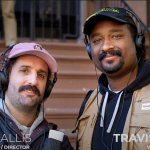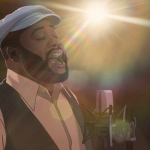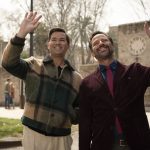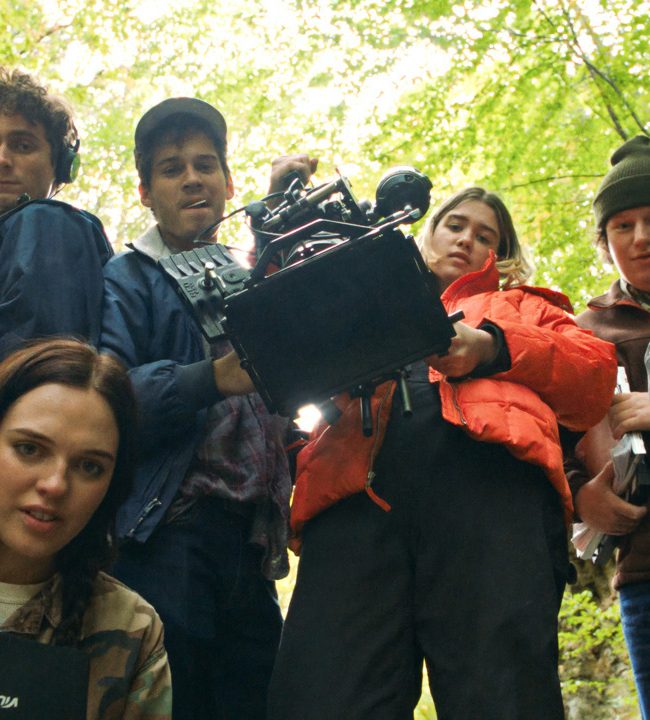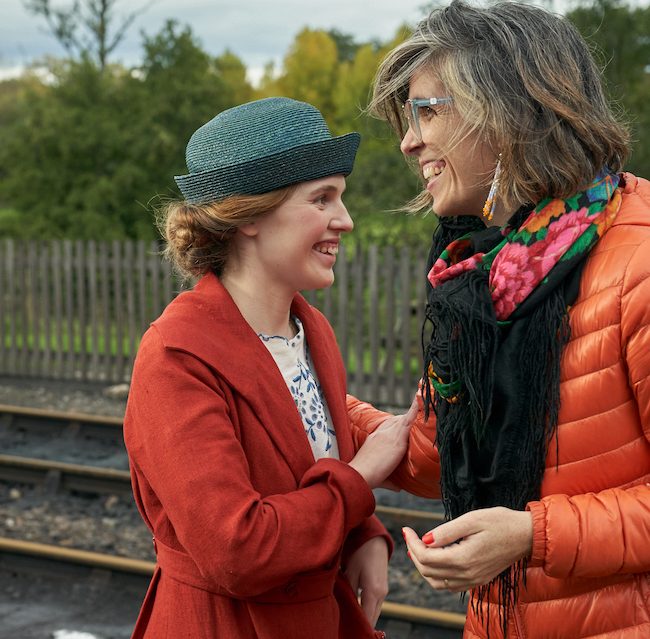A Conversation with Thordur Palsson (THE DAMNED)
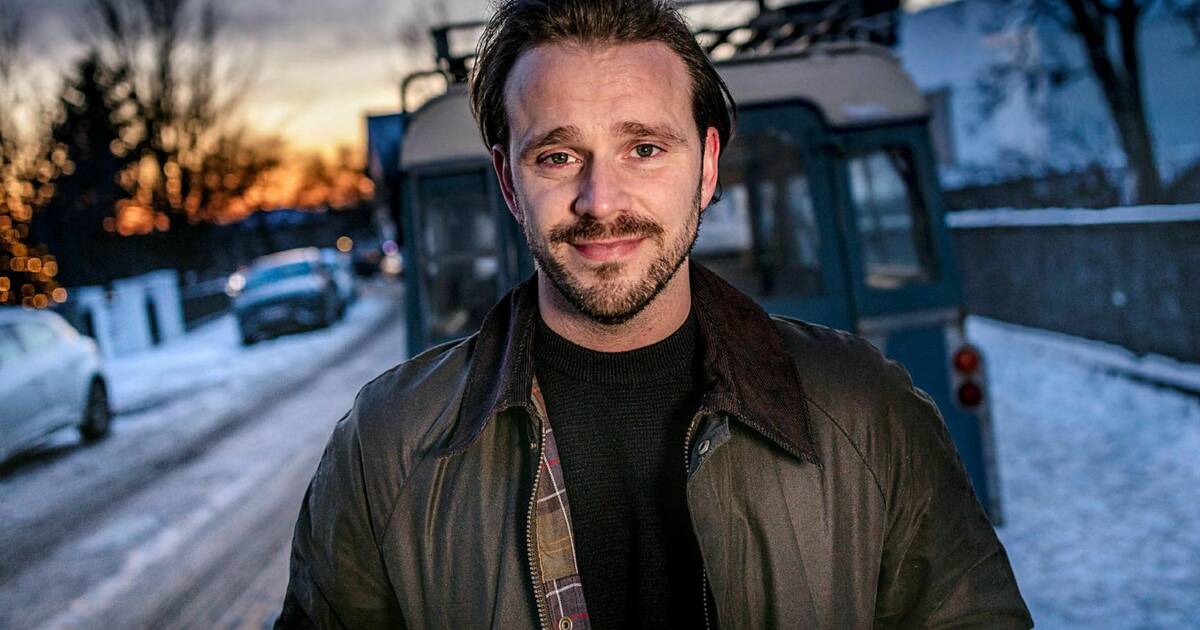
After establishing himself in the television landscape with Netflix’s haunting crime series The Valhalla Murders, Icelandic filmmaker Thordur Palsson ventures into feature territory with The Damned, a gripping period horror that proves his masterful command of tension extends far beyond the procedural format. Shot by cinematographer Eli Arenson, whose work on A24’s folk horror Lamb demonstrated his ability to capture Iceland’s harsh beauty, this nineteenth-century survival tale follows a widow faced with an impossible moral choice when a shipwreck threatens her isolated fishing community’s winter provisions. Anchored by Odessa Young’s raw performance as Eva and Joe Cole’s powerful supporting turn, The Damned marks the emergence of a bold new voice in horror cinema – one that understands true terror often lies not in the supernatural, but in the choices we’re forced to make when pushed to the absolute edge of human endurance. The following conversation was edited for length and clarity.
Hammer To Nail: The casting in the film is perfect. Talk about that process.
Thordur Palsson: Talk about luck. When you get such collaborators on board that want to take part in a first feature, I could not have been luckier. I had seen all of Odessa’s previous work. We got a cup of coffee and her insights and how she connected to the character were fantastic. We spoke for 2 years as the script was being reworked and we tried to get funding. Suddenly, I had a collaborator that could come at it from a totally different perspective and give Jamie and I insights into our own story that we could not see. She really enhanced her character.
Joe Cole, what a nice, calming, stoic character. A fantastic actor and warm fella. Rory McCann, if you are looking for a manly man look no further. What a voice. All of the cast was fantastic. It is Eva’s story, but it’s really an ensemble. You need talented people to bring things to the character that I did not see on the page. They make the character their own. There were no small parts and everyone owned them. I watch movies all the time and sometimes it’s obvious when a couple you are meant to think have been together for 15 years have just met that day on set. It shines through in the little moments of bickering how talented this ensemble was. You really believe they live there and have been working the fish. It was important to get everyone together early and develop some kind of camaraderie.
HTN: Location is such an essential aspect of this film. Talk about finding this location and what were the challenges of shooting there?
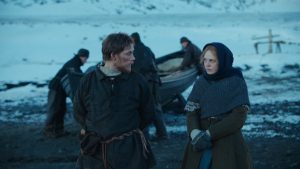
A still from THE DAMNED
TP: I always knew I wanted to shoot it in Iceland. The Westfjords are the most beautiful part of Iceland. It’s a very weird place. High mountains and heavy snow. This place was perfect for showcasing that isolation. It gave that feeling that the characters were on the edge of the world. I definitely wanted the beauty and the danger to be a big contrast. The idea that you could be snowed in at any moment.
HTN: Talk about the sequence around the halfway point where we find out all the food, even the bait, is gone and Helga is also missing. You leave the camera on Odessa as the score swells and the men debate. I think formally it’s quite impressive. What were you going for?
TP: I wanted to be in her headspace. I wanted to see how she was going to work through all of this. It’s a scene where we have 7 characters all arguing, bickering and pointing fingers. It could have been 20 different angles. At the end of the day the scene is about how she computes it, comes to a decision and takes control of the scene. She shuts up the men and tells them exactly what they are going to do.
HTN: the sequence where Odessa has a brief encounter with one of the demons. It cuts to fire very quickly then cuts back to reveal the demon is not there. What was important to you here.
TP: What I was trying to get across is that ambiguity. You are trying to plant a seed that will possibly come to fruition in the third act. The whole scene is really just cutting back and forth from Odessa’s face, to the corner of the room and then the fire. Honestly, the whole film is basically Odessa’s face. In this particular scene it was important that Odessa made it feel real.
HTN: The throat slitting scene….brutal…but it’s very interesting because it first starts as a potential attack. What was your thinking here?
TP: For this particular character, I wanted him to be the voice of reason. He was supposed to be the one non-shaking hand in the group. When this scene comes, I want the audience to straight away say, “Oh no…” You want them to go off together at first. But then it should go from an “Oh no…” To an “Oh shit…” That is what hopefully happens to the audience in those 10 seconds. Again though, if I did not have these actors the film would have fallen through.
– Jack Schenker (@YUNGOCUPOTIS)

